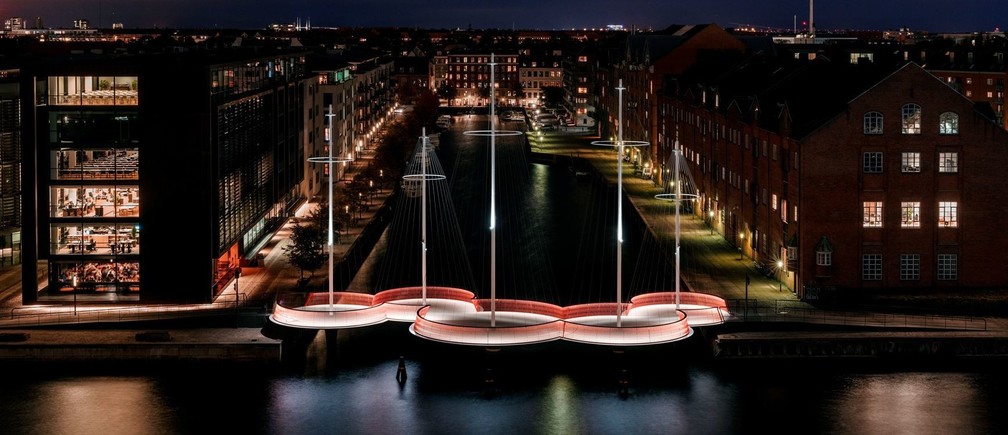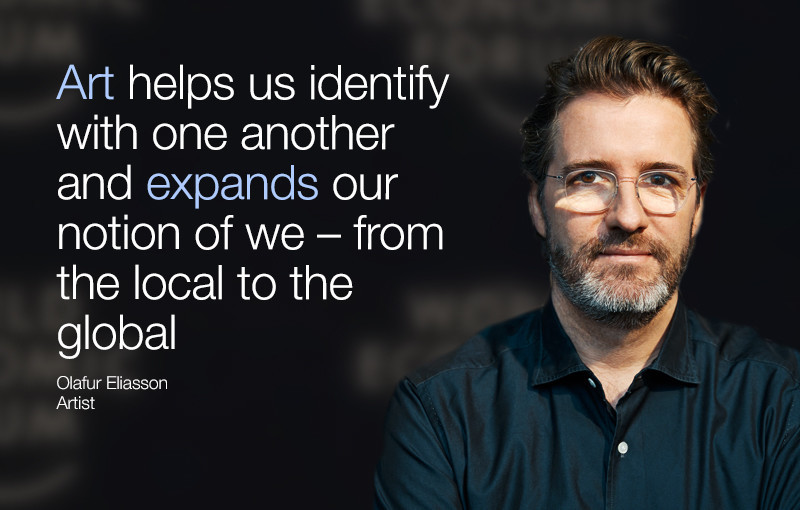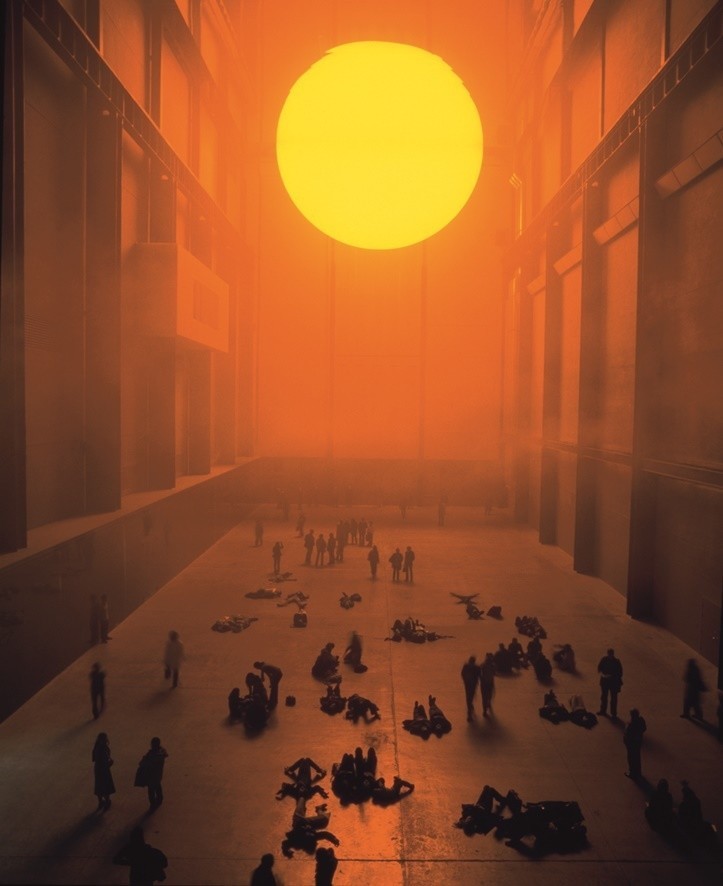Why art has the power to change the world

One of the great challenges today is that we often feel untouched by the problems of others and by global issues like climate change, even when we could easily do something to help. We do not feel strongly enough that we are part of a global community, part of a larger we. Giving people access to data most often leaves them feeling overwhelmed and disconnected, not empowered and poised for action. This is where art can make a difference. Art does not show people what to do, yet engaging with a good work of art can connect you to your senses, body, and mind. It can make the world felt. And this felt feeling may spur thinking, engagement, and even action.
As an artist I have travelled to many countries around the world over the past 20 years. On one day I may stand in front of an audience of global leaders or exchange thoughts with a foreign minister and discuss the construction of an artwork or exhibition with local craftsmen the next. Working as an artist has brought me into contact with a wealth of outlooks on the world and introduced me to a vast range of truly differing perceptions, felt ideas, and knowledge. Being able to take part in these local and global exchanges has profoundly affected the artworks that I make, driving me to create art that I hope touches people everywhere.

Most of us know the feeling of being moved by a work of art, whether it is a song, a play, a poem, a novel, a painting, or a spatio-temporal experiment. When we are touched, we are moved; we are transported to a new place that is, nevertheless, strongly rooted in a physical experience, in our bodies. We become aware of a feeling that may not be unfamiliar to us but which we did not actively focus on before. This transformative experience is what art is constantly seeking.
I believe that one of the major responsibilities of artists – and the idea that artists have responsibilities may come as a surprise to some – is to help people not only get to know and understand something with their minds but also to feel it emotionally and physically. By doing this, art can mitigate the numbing effect created by the glut of information we are faced with today, and motivate people to turn thinking into doing.

Engaging with art is not simply a solitary event. The arts and culture represent one of the few areas in our society where people can come together to share an experience even if they see the world in radically different ways. The important thing is not that we agree about the experience that we share, but that we consider it worthwhile sharing an experience at all. In art and other forms of cultural expression, disagreement is accepted and embraced as an essential ingredient. In this sense, the community created by arts and culture is potentially a great source of inspiration for politicians and activists who work to transcend the polarising populism and stigmatisation of other people, positions, and worldviews that is sadly so endemic in public discourse today.
Art also encourages us to cherish intuition, uncertainty, and creativity and to search constantly for new ideas; artists aim to break rules and find unorthodox ways of approaching contemporary issues. My friend Ai Weiwei, for example, the great Chinese artist, is currently making a temporary studio on the island of Lesbos to draw attention to the plight of the millions of migrants trying to enter Europe right now and also to create a point of contact that takes us beyond an us-and-them mentality to a broader idea of what constitutes we. This is one way that art can engage with the world to change the world.
Little Sun, a solar energy project and social business that I set up in 2012 with engineer Frederik Ottesen, is another example of what I believe art can do. Light is so incredibly important to me, and many of my works use light as their primary material. The immaterial qualities of light shape life. Light is life. This is why we started Little Sun.
On a practical level, we work to promote solar energy for all – Little Sun responds to the need to develop sustainable, renewable energy by producing and distributing affordable solar-powered lamps and mobile chargers, focusing especially on reaching regions of the world that do not have consistent access to an electrical grid. At the same time, Little Sun is also about making people feel connected to the lives of others in places that are far away geographically. For those who pick up a Little Sun solar lamp, hold it in their hands, and use it to light their evening, the lamp communicates a feeling of having resources and of being powerful. With Little Sun you tap into the energy of the sun to power up with solar energy. It takes something that belongs to all of us – the sun – and makes it available to each of us. This feeling of having personal power is something we can all identify with. Little Sun creates a community based around this feeling that spans the globe.
I am convinced that by bringing us together to share and discuss, a work of art can make us more tolerant of difference and of one another. The encounter with art – and with others over art – can help us identify with one another, expand our notions of we, and show us that individual engagement in the world has actual consequences. That’s why I hope that in the future, art will be invited to take part in discussions of social, political, and ecological issues even more than it is currently and that artists will be included when leaders at all levels, from the local to the global, consider solutions to the challenges that face us in the world today.

